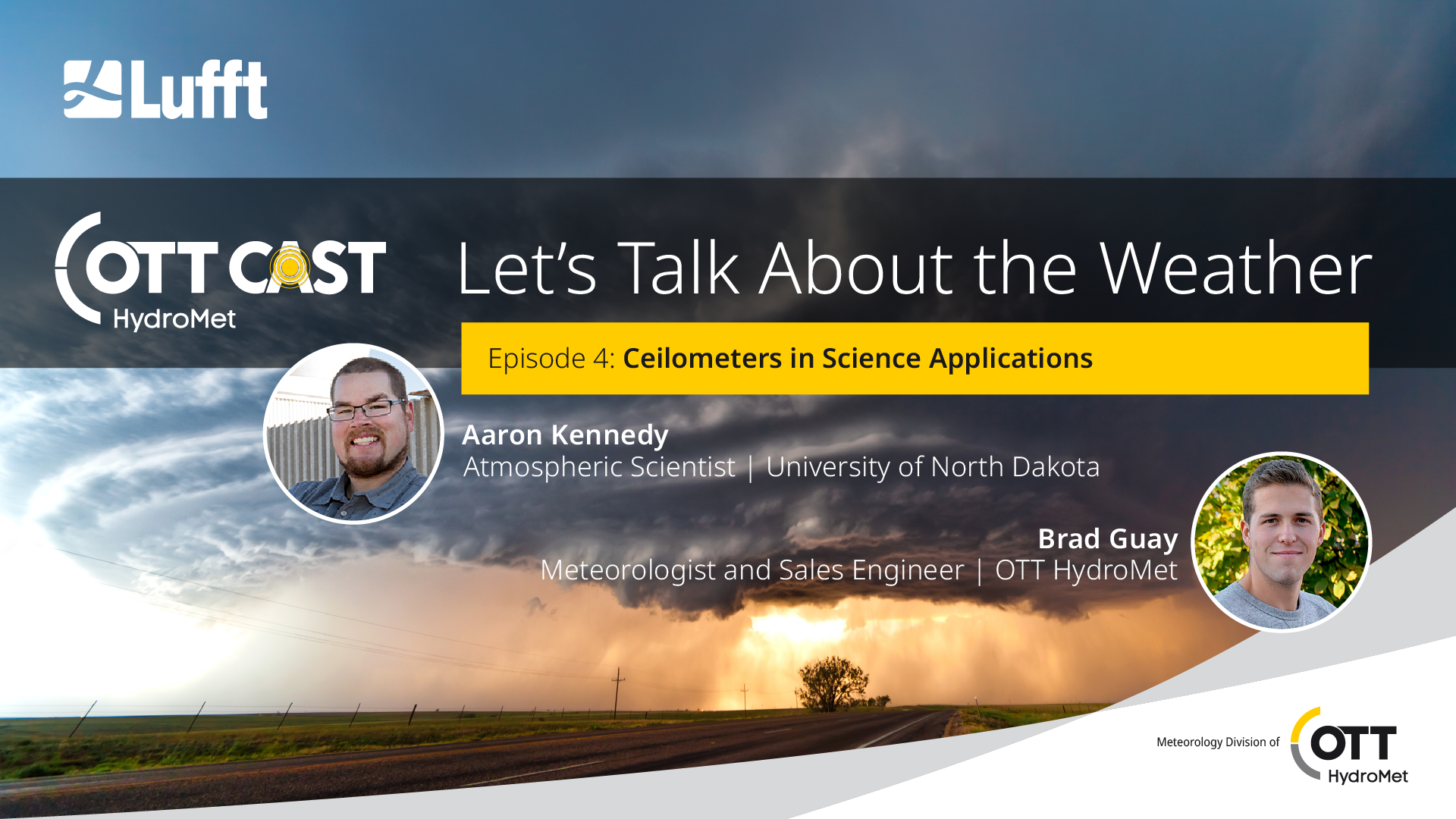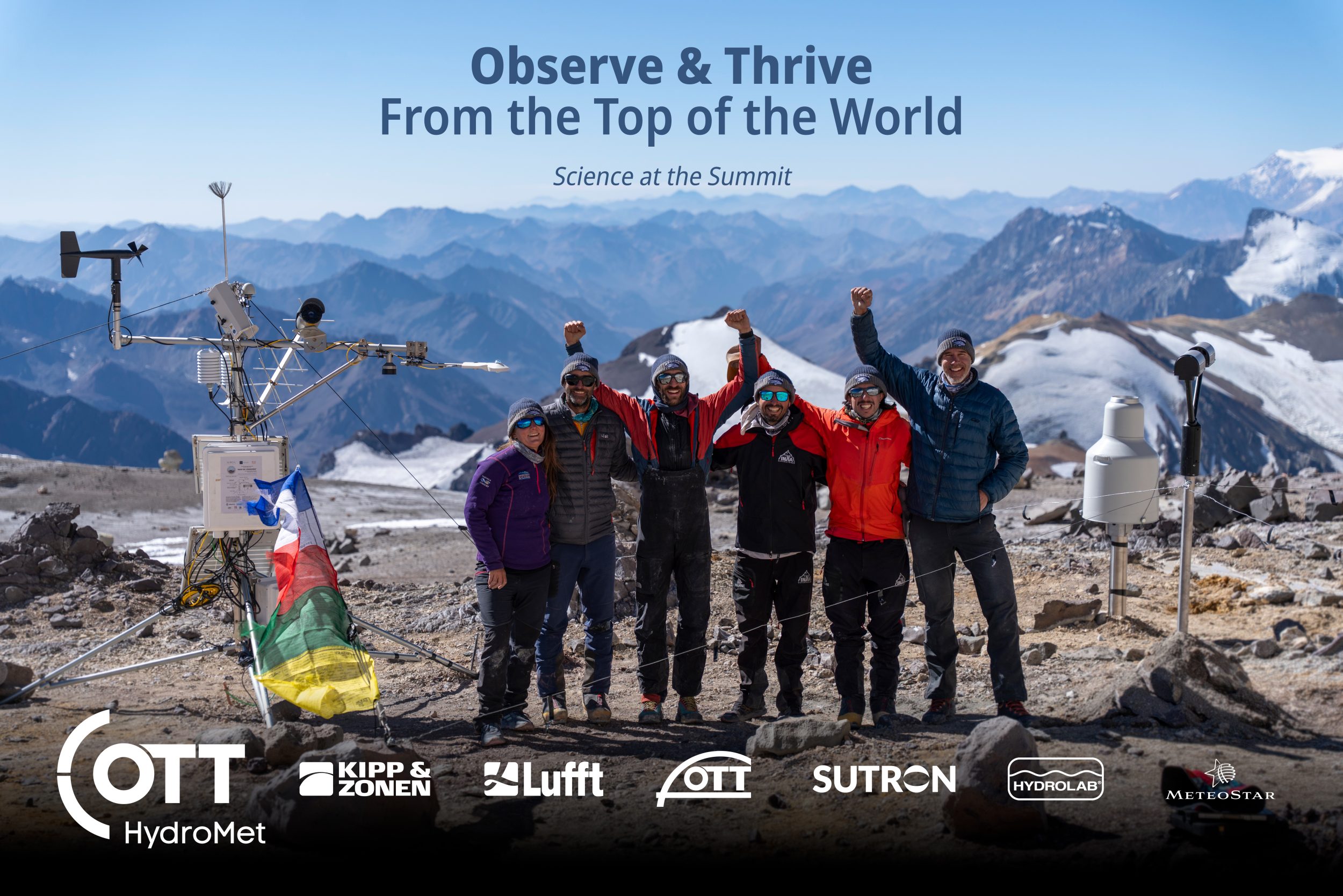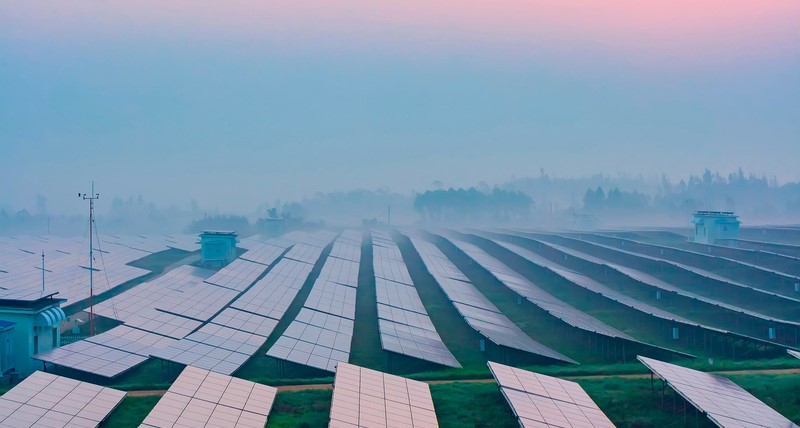Staring at the sky, watching the clouds go by – ceilometers seem to have quite an easy job. But in fact, it is not. Rather, they fulfil very important tasks in an increasing number of applications. In our latest episode, we throw light on ceilometers in various scientific disciplines.
Originally, ceilometers have been developed for cloud observation purposes, with airports and weather services being their main users. However, an increasing number of scientists are discovering commercial lidar instruments for a broad variety of applications. These include the investigation of events and phenomena like:
- Air pollution
- Blowing snow events
- Wildfire smoke
- Volcanic ash
- Climate studies, and more.
We invited Aaron Kennedy, Atmospheric Scientist from the University of North Dakota to discuss existing and potential operation areas for ceilometers, their benefits for the scientific community, and what made them turn from a dark horse to (almost) every scientists’ darling. Aaron Kennedy is using a Lufft CHM 15k for his research work. Our second guest is Brad Guay, meteorologist and former Sales Engineer from OTT HydroMet, today working for Meteomatics.
Tune in and listen to the latest episode of our OTT CAST.




